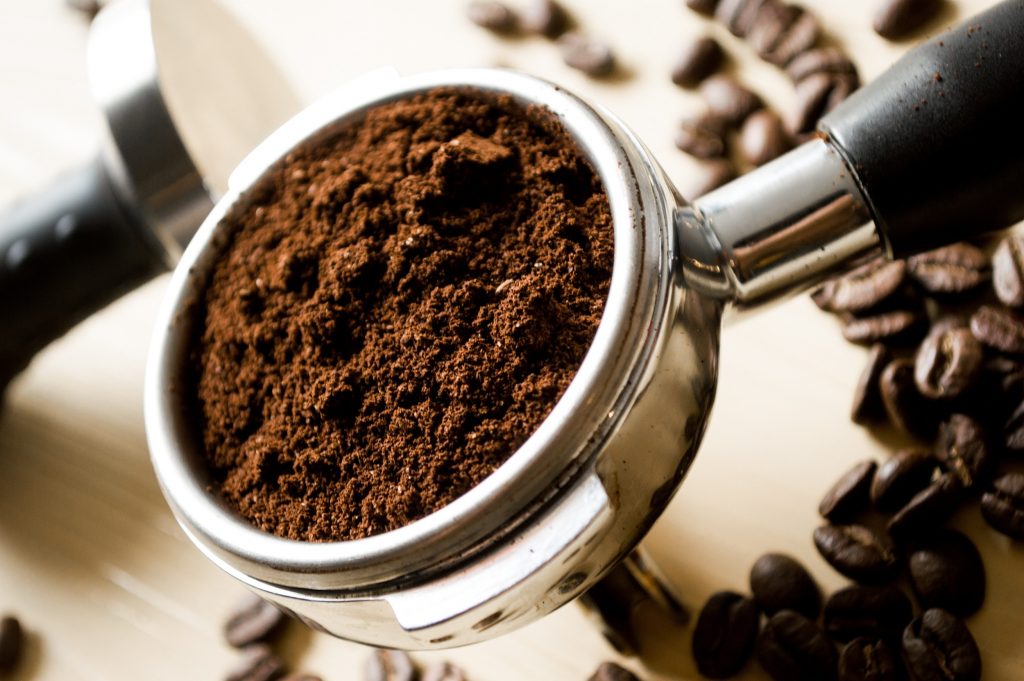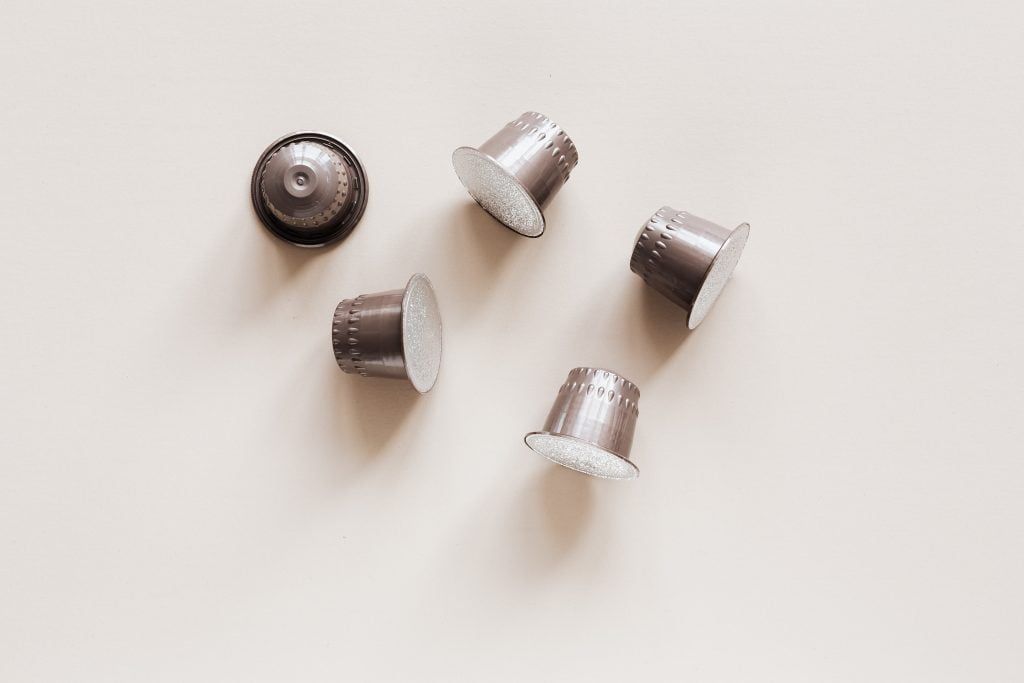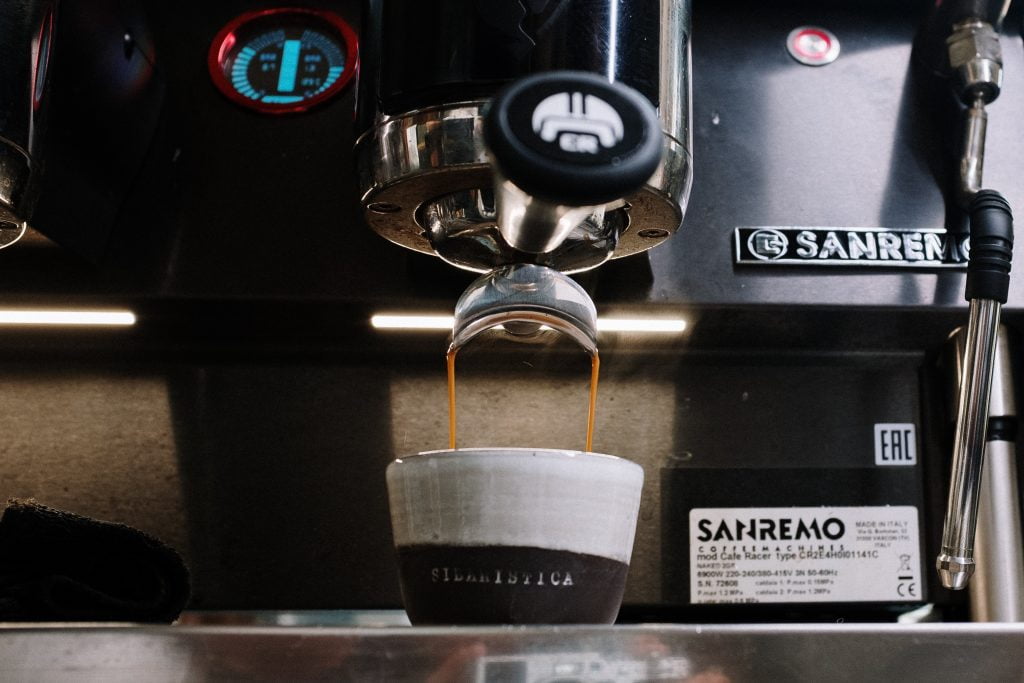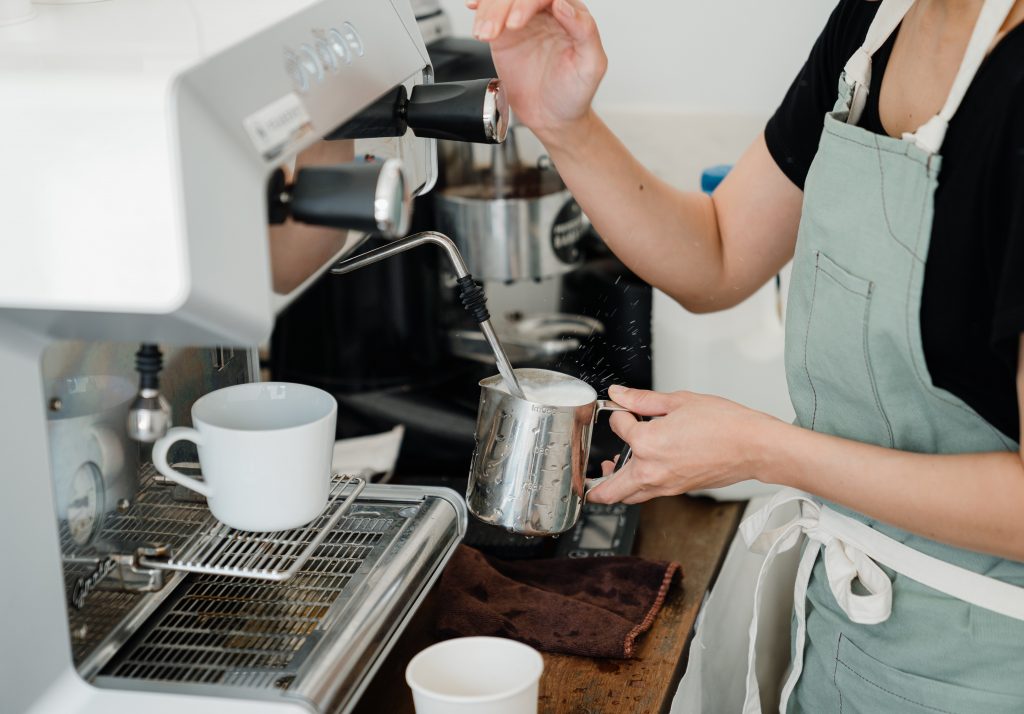Coffee Machine Buying Guide

Coffee machines come in a wide range of shapes, sizes, and styles. They can cost anything from £30 to more than £1,000, and there’s something to suit every possible taste. But what’s right for you?
This depends on several factors, including your budget, what coffee you like to drink, and how much control you want over the process. Some coffee makers are better suited to espresso fans, while others will make every type of froth you can imagine. Others may limit your options in terms of the coffee you can use, so it pays to do your research to make sure you don’t get stuck with a machine that doesn’t cater to your needs.
There are three main types of coffee machine: pod, bean-to-cup and ground coffee. Which of these you choose has the biggest impact as it affects what coffee you can use. Beyond this, features such as milk-frothing will affect what you can make and how much effort you have to put in to get your drink.
Just want to see which models we recommend for the tastiest coffees? Head straight to our full round-up of the best coffee machines.
Coffee machine types explained
These are the main types of machine that make espresso-style coffee – your starting point for making Americanos, lattes, cappuccinos, flat whites and more:
- Capsule or pod coffee machines – these use pre-prepared coffee pods for a quick, easy and mess-free brew, but you’re usually limited to a specific type of capsule and the pods can be pricey and hard to recycle.
- Bean-to-cup coffee machines – these grind beans from scratch for each drink, to give you the freshest coffee possible.
- Ground coffee machines – these look most like the kind of machine you’ll see in a café. They usually require you to get more hands-on with your drinks prep.
- Filter coffee machines make a longer black coffee by slowly dripping hot water through ground coffee into a jug (rather than using pressure like an espresso machine). If you’re after this type of machine see our filter coffee machine buying guide.
Pod or capsule coffee machines
Coffee pod machines, such as Nespresso, Tassimo and Dolce Gusto, are the most popular type. They’re likely to suit you if you’re looking for a quick and easy way to make coffee at home.

Pros of pod coffee machines:
- Usually quite compact, so won’t take up too much space in your kitchen.
- Cheap to buy – some cost as little as £40.
- Quick, simple and consistent results, with little clean-up required.
- Some also make drinks such as hot chocolate and tea.
- Good for occasional coffee drinkers, as the sealed pods keep coffee fresh.
- Can have a range of coffee flavours and styles on the go at once.
Cons of pod coffee machines:
- More expensive per drink than ground coffee or beans.
- Coffee pods create waste, as many pods are plastic – although some are greener than others.
- You’re usually tied into using a specific capsule type (eg Nespresso pods), limiting your choice of drink and where you can buy the pods.
- Some are only available online.
- The brand of machine you choose will affect the drink options available to you.
- Some focus on espresso, while others make a range of weird and wonderful drinks, from caramel macchiatos to iced chocolates.
- Pricier models will usually offer more customization options, allowing you to save preferences and adjust the temperature or froth level of your drink.
- Some also have apps so you can control them from your phone, or keep track of your capsule supply.
The key coffee-pod brands are: Dolce Gusto, Illy, Lavazza, Nespresso and Tassimo.
Bean-to-cup coffee machines

A bean-to-cup coffee machine will suit you if you want to make the freshest coffee possible.
Pros of bean-to-cup coffee machines:
- Grind beans on demand for a fresh brew.
- Most automate the coffee-making process.
- Can use a variety of coffee beans, and in some cases ground coffee too.
- Some have extensive customisable settings, so you can tailor drinks and save preferences.
- Some can make two drinks at once.
Cons of bean-to-cup coffee machines:
- Tend to be much more expensive.
- Some models are very large and bulky.
- Can be difficult to clean and prone to clogging.
- Can be noisy when grinding.
- Premium bean-to-cup machines often have colour touchscreens and extensive drinks menus.
- Some have automatic milk frothers, too.
- Cheaper models are more likely to have a steam wand for manual milk frothing.
- Price varies wildly, with some models exceeding £2,000.
- Paying more doesn’t guarantee great coffee, though.
- We’ve uncovered top-scoring bean-to-cup machines for a fraction of that price, as well as some expensive models that make mediocre coffee.
Big brands in the bean-to-cup world include DeLonghi, Dualit, Jura, Melitta and Krups. Sage and DeLonghi both also make some traditional-style models which have built-in grinders but still require you to have a hand in the coffee-prep process, similar to a ground coffee machine.
Ground coffee machines

A ground coffee machine will suit you if you want to have more control over your coffee and don’t mind getting hands-on with your drinks prep. They also offer a good compromise between upfront costs and the ongoing cost of coffee.
Pros of ground coffee machines:
- Can use any ground coffee provided it’s the right grind level (fine espresso coffee).
- Some can also use ESE pods (like tea bags) giving you the option of mess-free drinks prep.
- Cheaper per cup than pods.
- More control over the strength and size of your drink.
- Can make two drinks at once.
Cons of ground coffee machines:
Might take a bit of time to get the hang of making your coffee, and there’s more room for error.
More manual prep and clean-up than with other types.
Most ground coffee machines have a steam wand, which you can use to froth milk in a separate jug. Many opt for a traditional look, with old-fashioned dials and controls that leave you to decide the length and strength of your drink.
However, some, such as the Breville One-Touch, have adopted a more novice-friendly design with simple pre-set drink settings and automatic milk-frothing units, so going for ground coffee doesn’t have to mean a crash course in being a barista.
DeLonghi has the biggest range, but Krups and Sage also make ground coffee machines. There are also some cheaper options around from the likes of Argos, Beko, Sainsbury’s and Swan.
Coffee machines: upfront vs running costs.
Pod coffee machines tend to be the cheapest type to buy, with prices starting at around £30 for some Dolce Gusto, Lavazza and Tassimo machines. They can work out more expensive in the long run, though, as pods are more expensive than ground coffee or beans, so your cost per cup is higher.
- Pod coffee machines – £30-£400, typically £100
- Ground coffee machines – £50 to £500, typically £200
- Bean-to-cup machines – £250 to £2,000+, typically £850
Coffee machines: key features to consider
Whatever type you choose, these are the other things to consider when buying a coffee machine:
Milk frothing

If you’re a fan of milky drinks, such as cappuccinos and lattes, choose a coffee machine with a milk-frothing function. There are several options: you’ll need to decide whether you want your drink made for you, or if you’re happy to froth the milk and add it to your coffee.
Steam wand
Traditional option, mostly found on ground coffee and some bean-to-cup machines. You froth milk in a separate jug using a burst of steam, and you can then add it to your drink. Some premium versions are partly automated, so you just need to stick the wand in a jug to create your froth.
Automatic frothing
Found on bean-to-cup and some ground coffee/pod machines. Just add milk to a dedicated container and a built-in frother sucks it up and dispenses foamed milk directly into your cup.
Milk-frothing accessory
Whisks and heats milk for you to add to your coffee. Often sold with Nespresso and Lavazza pod machines. You can also buy them as a standalone accessory. See our guide to the best milk frothers for our top picks.
Milk pods
Pre-prepared UHT or powdered milk pods dispense froth directly into your cup. Used in Tassimo and Dolce Gusto pod coffee machines.
Personalisation/memory function
Some coffee machines let you adjust pre-set drink settings to suit your preferences. This means the machine will automatically dispense just the right amount of coffee, at the perfect strength, every time.
Capacity
If you tend to make a lot of coffee at once, look for a model with a larger water tank of around 1.5 litres, otherwise you’ll find yourself having to constantly refill it. Some pod machines have very small tanks.
Maintenance
Regularly cleaning and descaling your machine will help to keep it working well for longer. Look for automatic cleaning programs to make it less of a hassle. If it needs to be cleaned manually, check to see if the parts can be removed easily for cleaning, and whether they’re dishwasher safe.
Smart controls
Some coffee machines can be connected to your smartphone via an app. You can control the machine from the app, as well as accessing troubleshooting advice and maintenance alerts.
Choosing a coffee machine that lasts
As well as choosing a coffee machine that makes a tasty espresso or latte, you’ll want one that will keep doing so for years to come.
Source: https://www.which.co.uk/reviews/coffee-machines/article/coffee-machine-buying-guide-apnOj4v0TV3q
To stay on top of all our coupons, check: Wethrift.com/Liende